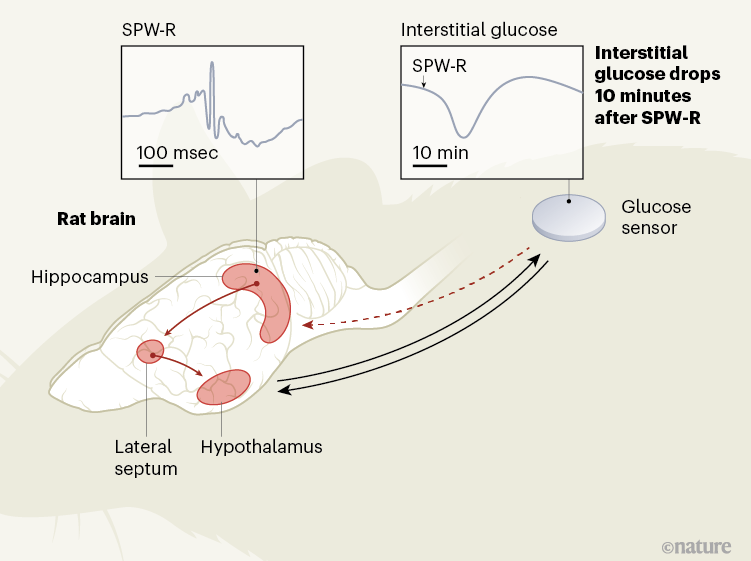When I was 60 years old (2007) I was diagnosed with non-hodgkin's "b" cell lymphoma and was told by my oncologist that this type of cancer would never leave my body. my cancer was staged at level iv which in many cases is terminal but in my case it was because the lymphoma was in my bone marrow.
My treatment began with monthly infusions of rituxan which took about 4-6 hours depending upon how busy the chemo nurses were. For several years my lymphoma grew but grew slowly and slightly.
in 2010, i experienced a heart attack while walking on the treadmill and an angioplasty operation revealed that I had three blocked arteries. between 2010/2011, I had 3 heart surgeries and had 5 stents inserted and have had minimal problems since.In 2011/2012, I worked in kentucky for a few months and the oncologist there ordered Cytoxin and Fludara in addition to my Rituxan and it is widely believed that one of those first two drugs caused me contract melanoma.
After my melanoma was surgically removed from my foot, five years later it migrated to my groin and it was difficult to ascertain if it was the lymphoma or melanoma that was growing or both.My oncologist treated me for both cancers and for a while, he was not sure if he was going to be successful in stopping their growth. So, in 2017/2018, Radiation was added to my monthly infusions.
Fortunately, the two individualized treatments worked and both my cancers started to experience minimal growth if any growth at all. Again, with a biopsy, my oncologist was unable to determine if it was the lymphoma or the melanoma that was growing.
After 13 years of chemo treatments, surgeries, radiation, and immunotherapy treatments, I have left with the following situation with which I must live:
- hypothyroidism
- Lymphodema in my left leg
- Weight gain of 50 pounds (of which I have lost 30)
- anemia due to very low red blood cell count
- no immunity due to very low white blood cell count
- low platelet count
- intermittent nausea
- High susceptability to squamous carcinomas (of which I have had 6 surgically removed)
- constant mild to not so mild fatigue
- no taste of food
- swollen prostate
- extreme sensitivity to sun rays
- Extreme sensitivity to humidity
- constant sinus infections
- constant facial skin infections
- Pink skin pigment has disappeared
- Mouth soars
- minor loss of hearing
- intermittant blurred vision
- intermittant diarrhea
- an increase in tooth decay
- increase risk of afib
- allergic reactions to bug bites
- increased risk of deyhydration
- minor bouts of depression
Are all of these related to my cancer treatments?
Well...
maybe yes...
maybe no...
Some could be related to old age or not...
But, the fact remains that I deal with this list on a daily basis and have gotten to the point where I don't even think about it anymore... My limitations have just become a part of my life.I don't really think about living with cancer, I just think about living my life, one day at a time, while trying to make the most out of each day. If I make the most out of each day, then I consider myself to be living a successful life and living a successful life is, for me, a form of happiness.
There were many days still lodged in my memory banks where I laid on the tile floor in the bathroom, puking my guts out.... I remember my body convulsing and arching as I tried for many seconds to bring up through my throat what my body did not want.
I remember those episodes lasting for hours as my body heaved and pulled from the inside... my upper body became super hot and broke out in sweat that made me feel I had just gotten out of the shower.
I was completely exhausted from the vomiting and laid on the tile floor waiting for the next episode to grab hold of me... Sometimes, it would get so bad and of a long duration that my wife would take me to the ER.
i don't like being around stangers in a waiting room when i am convulsing and vomiting and trying to puke out what little is left inside. It is embarrassing and rather humiliating but necessary.
Those days are gone for good I hope...





















